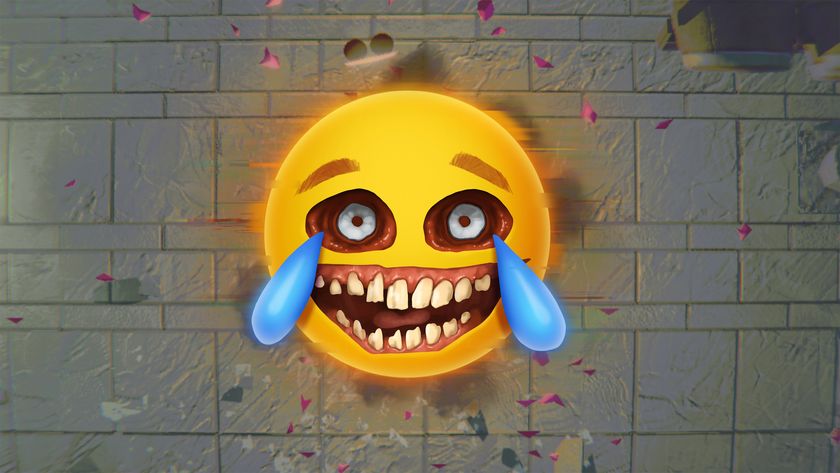For a TV to be considered HD Ready, it has to support the resolutions 480i/p, 576i/p, 720p and 1080i, in addition to supporting a picture ratio of 16:9 - that of a conventional widescreen set.
To add further complication, the first two of those resolutions aren't actually considered HDTV, but are rather EDTV (Enhanced Definition Television).
An unwritten part of the HD standard further suggests HDMI support to be an essential feature of a compliant set, because without it you'll be lost upon the arrival of HDCP (High-bandwidth Digital Content Protection).

Above: If you want to appreciate the HD splendour of Xbox 360 you'll need a TV that supports 720p resolution
Be sure, also, to consider the impact of 1080p - the additional resolution championed by PlayStation 3 that's also classifiably HD, but isn't actually supported by the majority of HDTVs. And then there's the native resolution of whichever...
Enough, already. Believe it or not, we still occupy a plug-and-play marketplace, but as you can see, the art of plugging two things together and actually having them play something is set to become quite arcane.
Sign up to the 12DOVE Newsletter
Weekly digests, tales from the communities you love, and more
HD will happen (Sky officially launches its HD service this year; the US effectively kills analogue broadcasting in 2009), and no one wants to be left looking soft while others become crisp. The market may not be ready, but we have to be if we're to avoid that insufferable sensation of enjoying only half the experience we've had sold to us.
Let's start at the shallow end, with the tailored pristine visuals J Allard has long evangelised and which Xbox 360 can now produce. If you're thinking of the 'high definition' images put out by the progressive scan mode of PS2 and GameCube games, forget those - they're not HD as it stands today.












